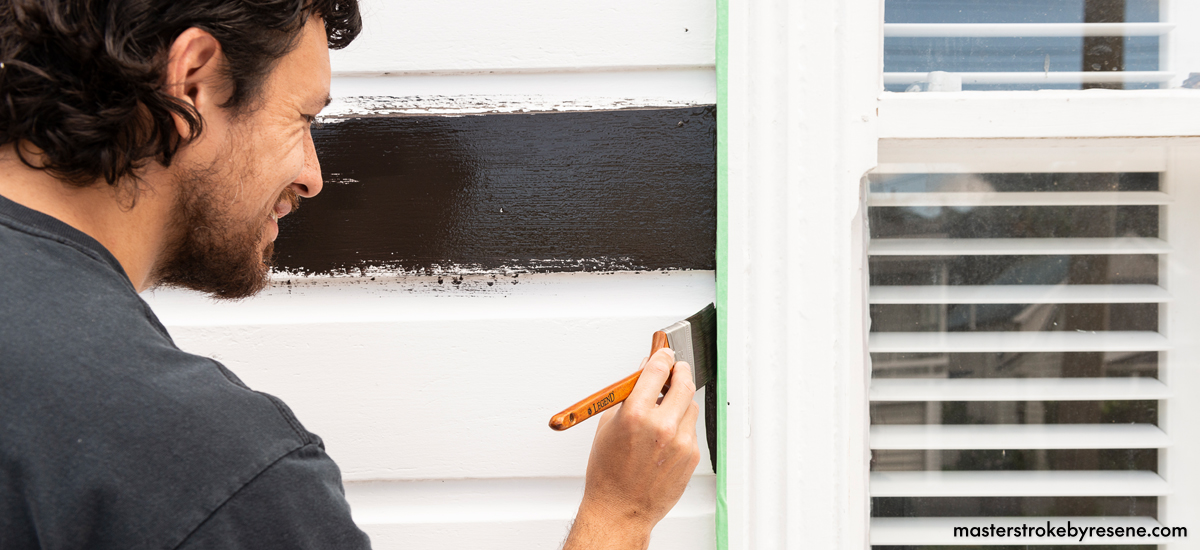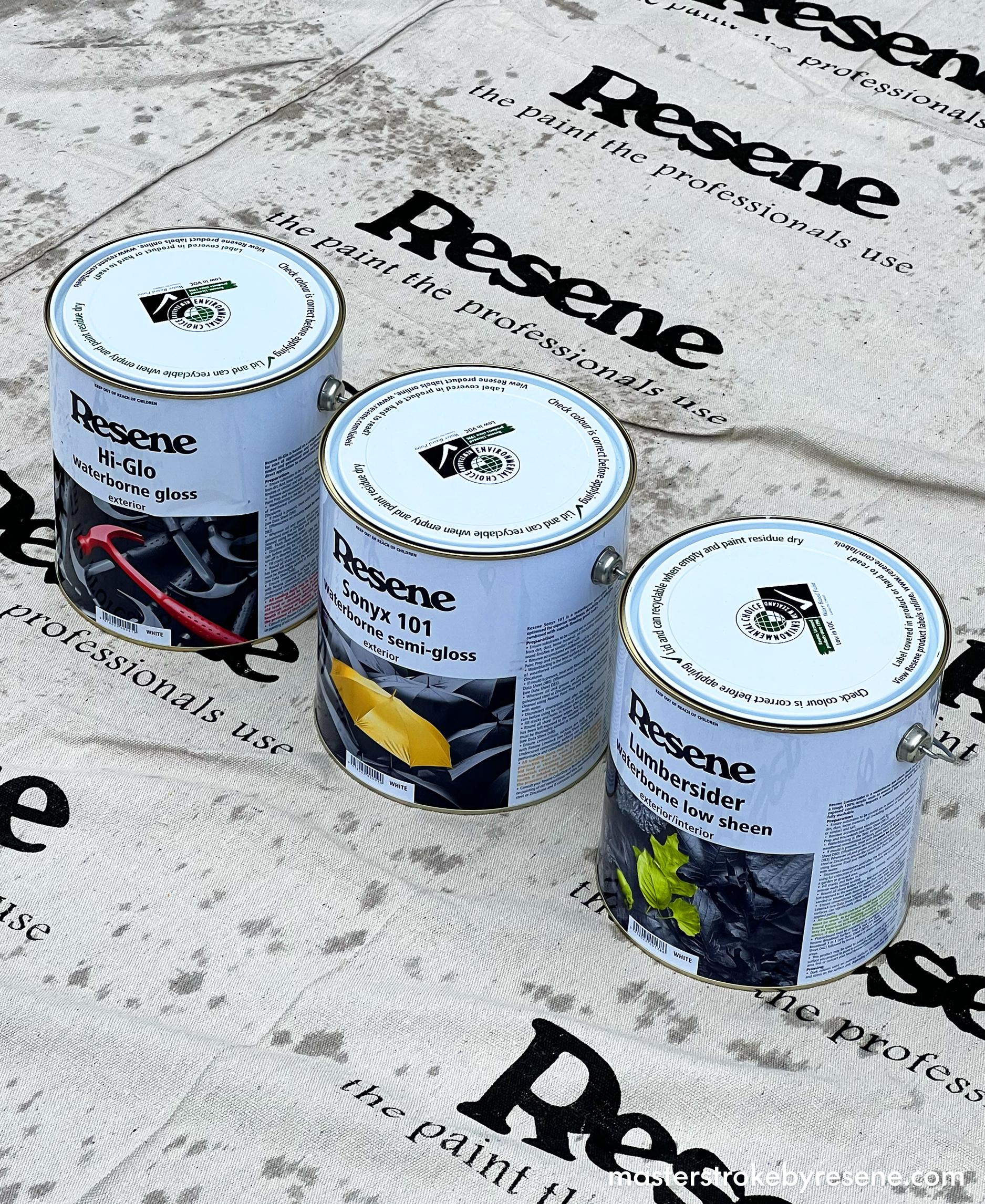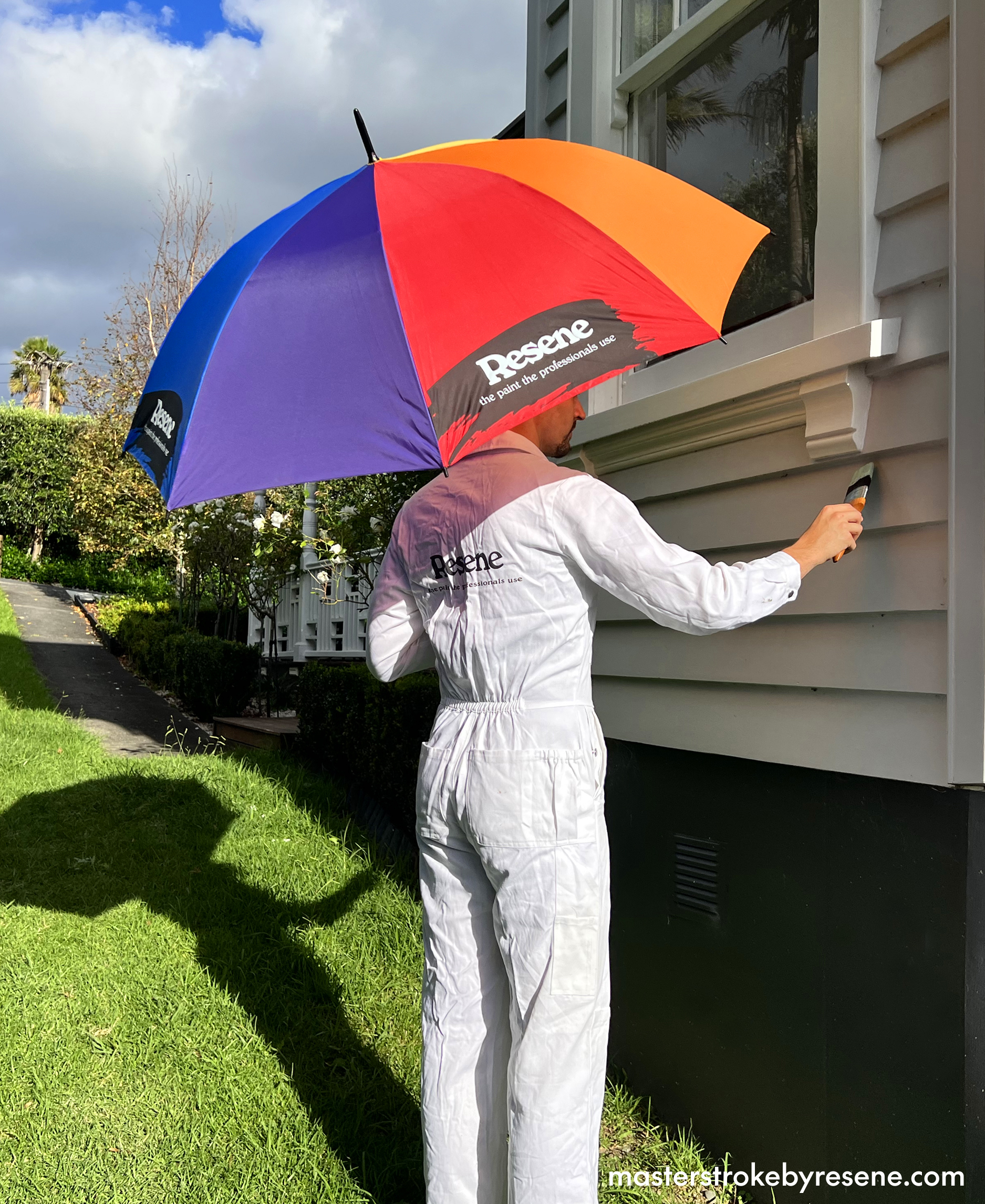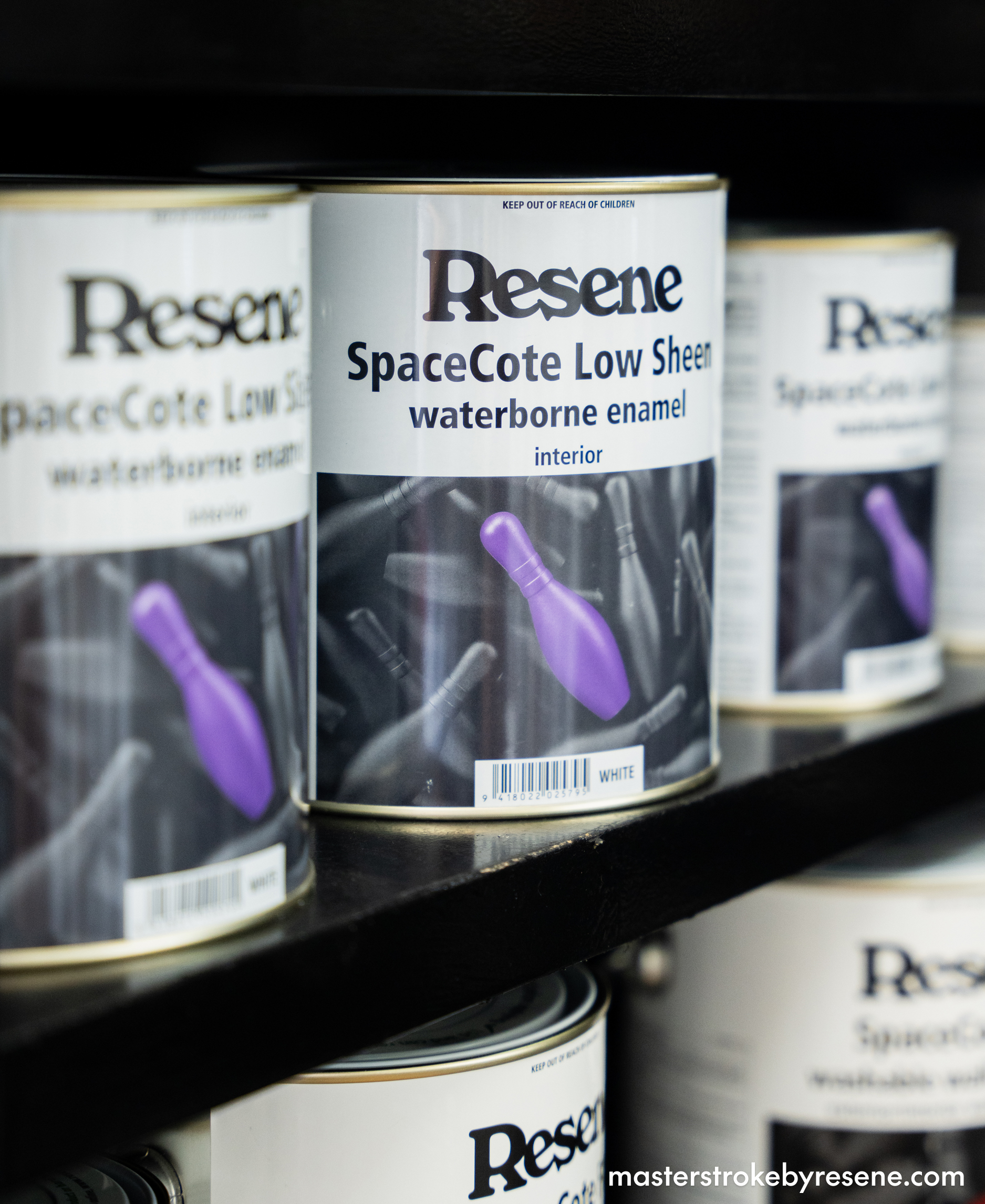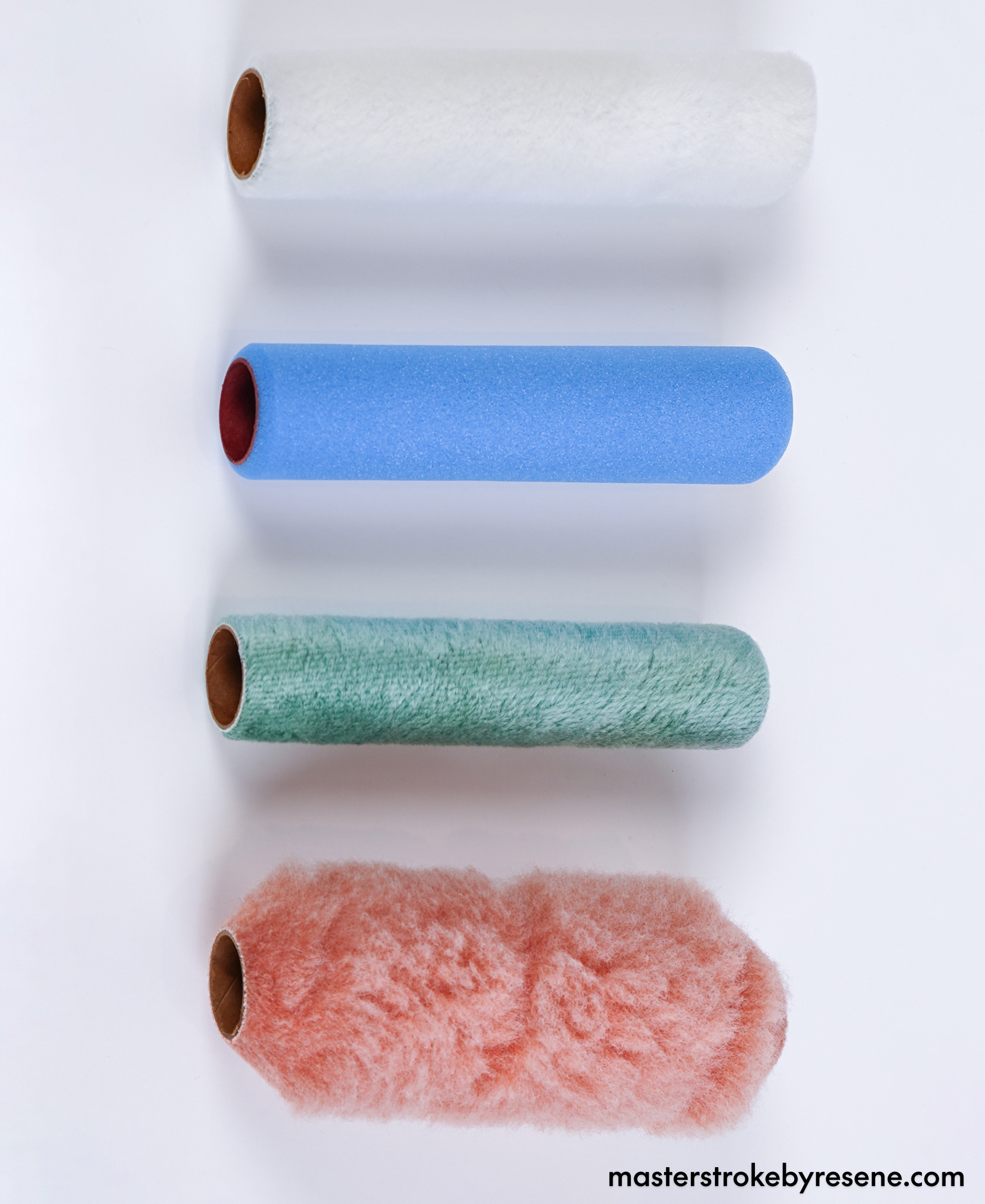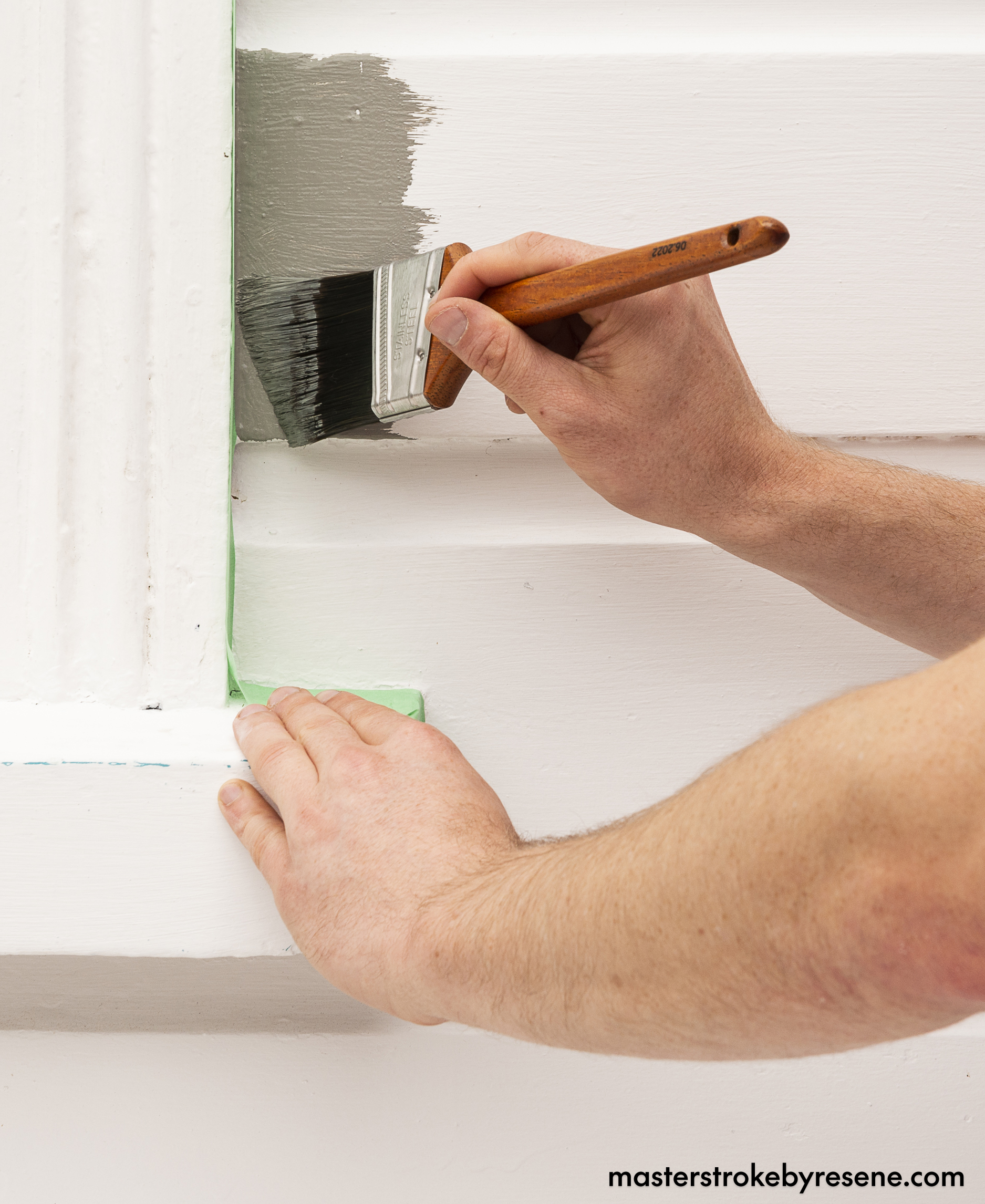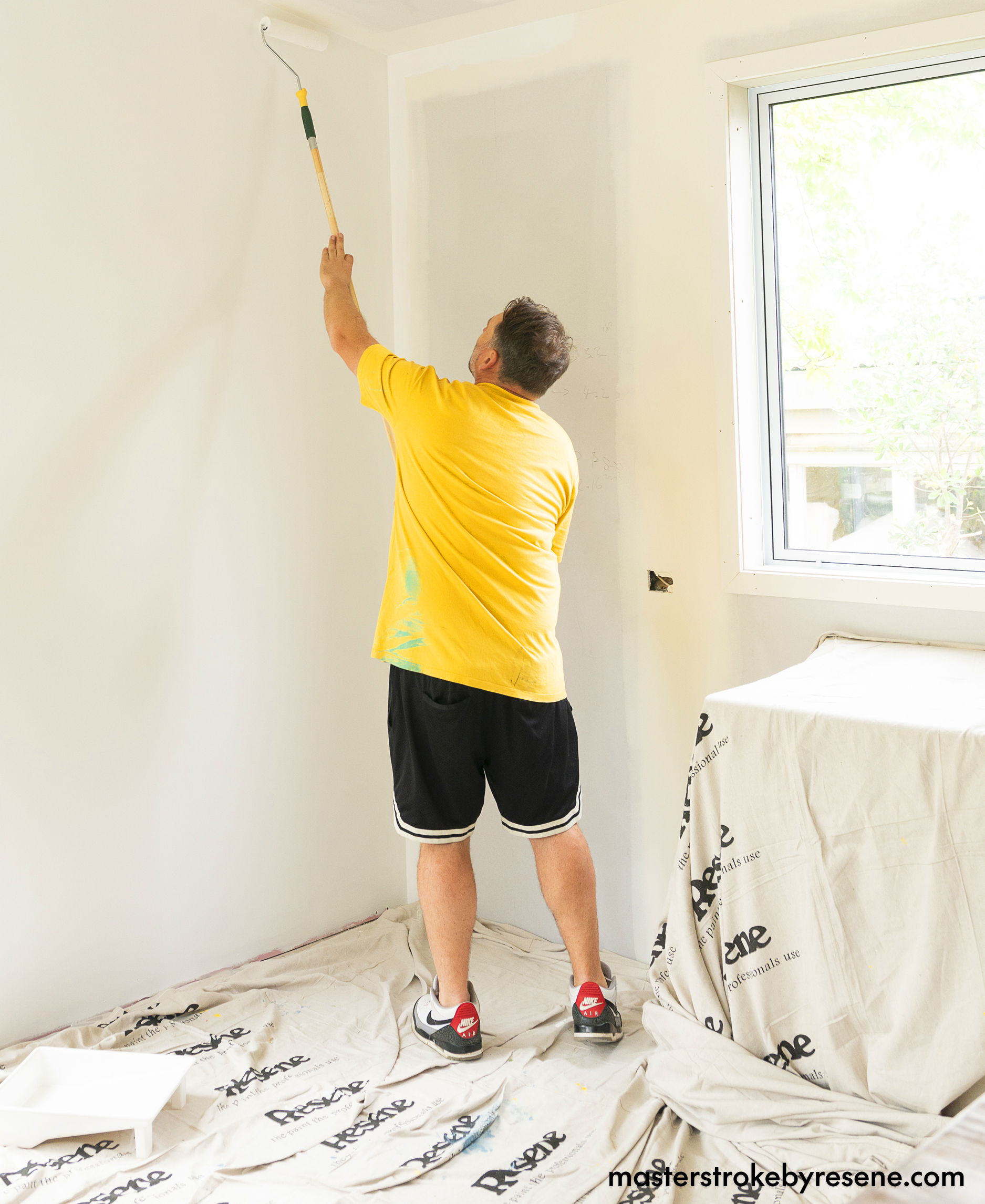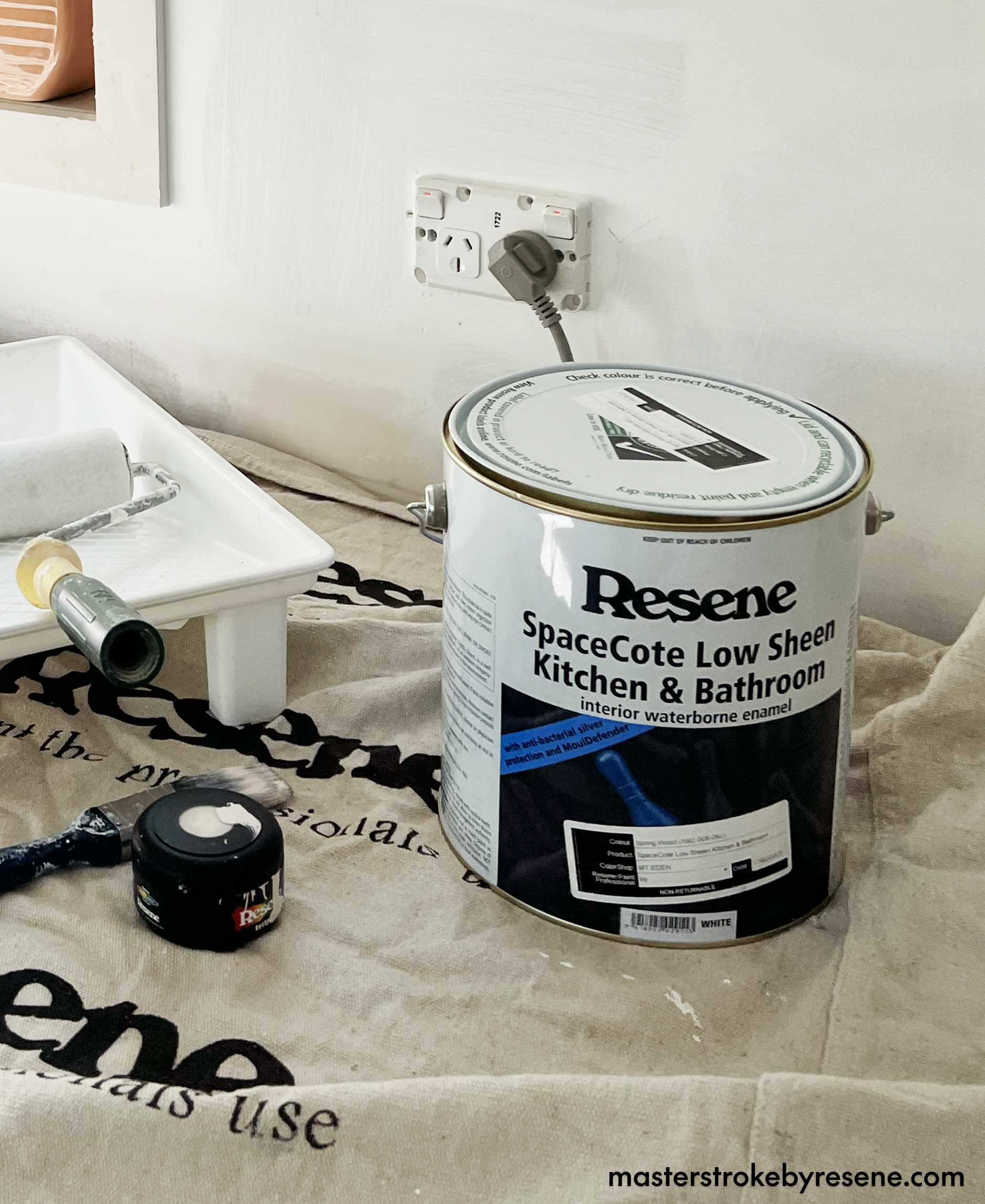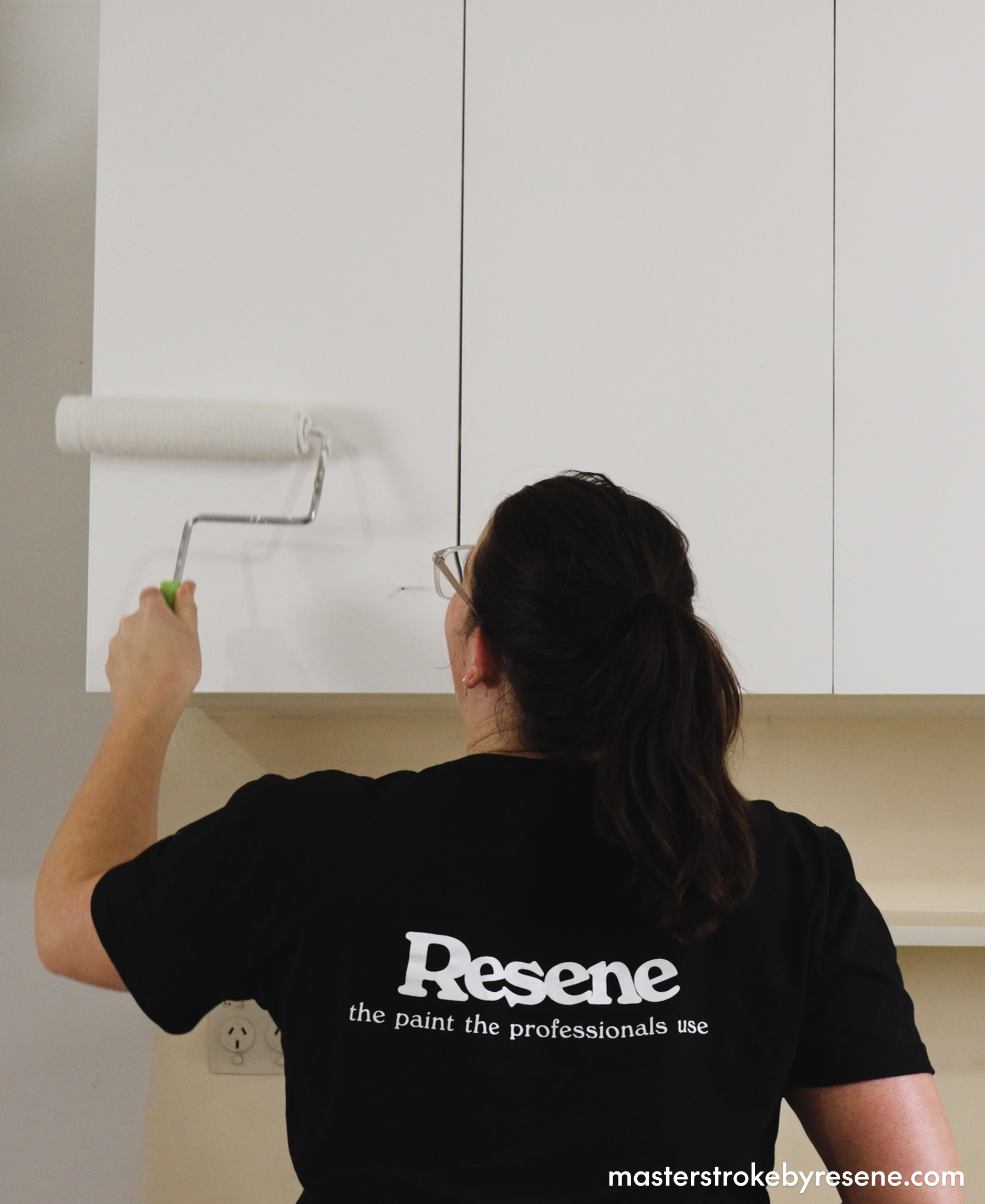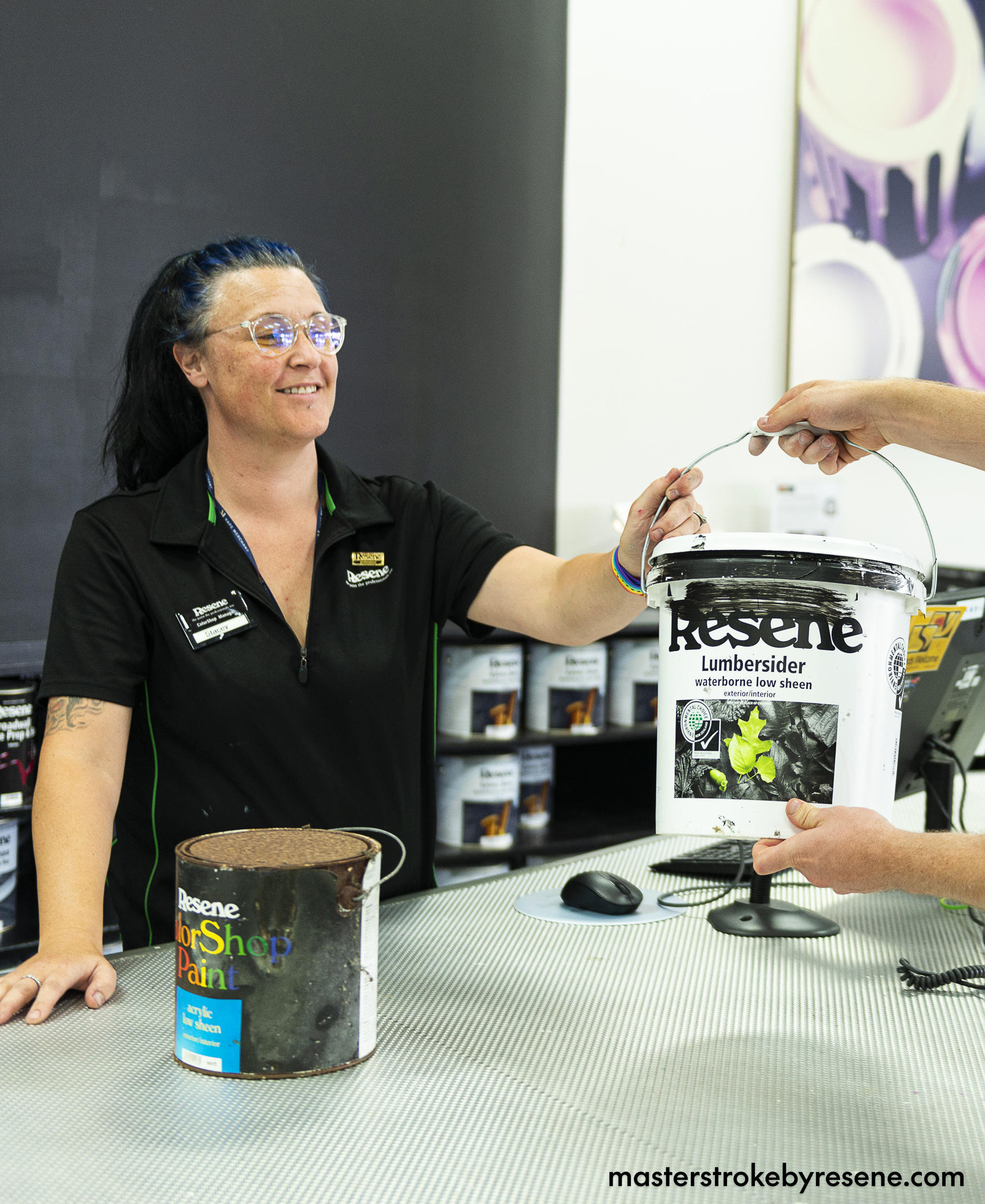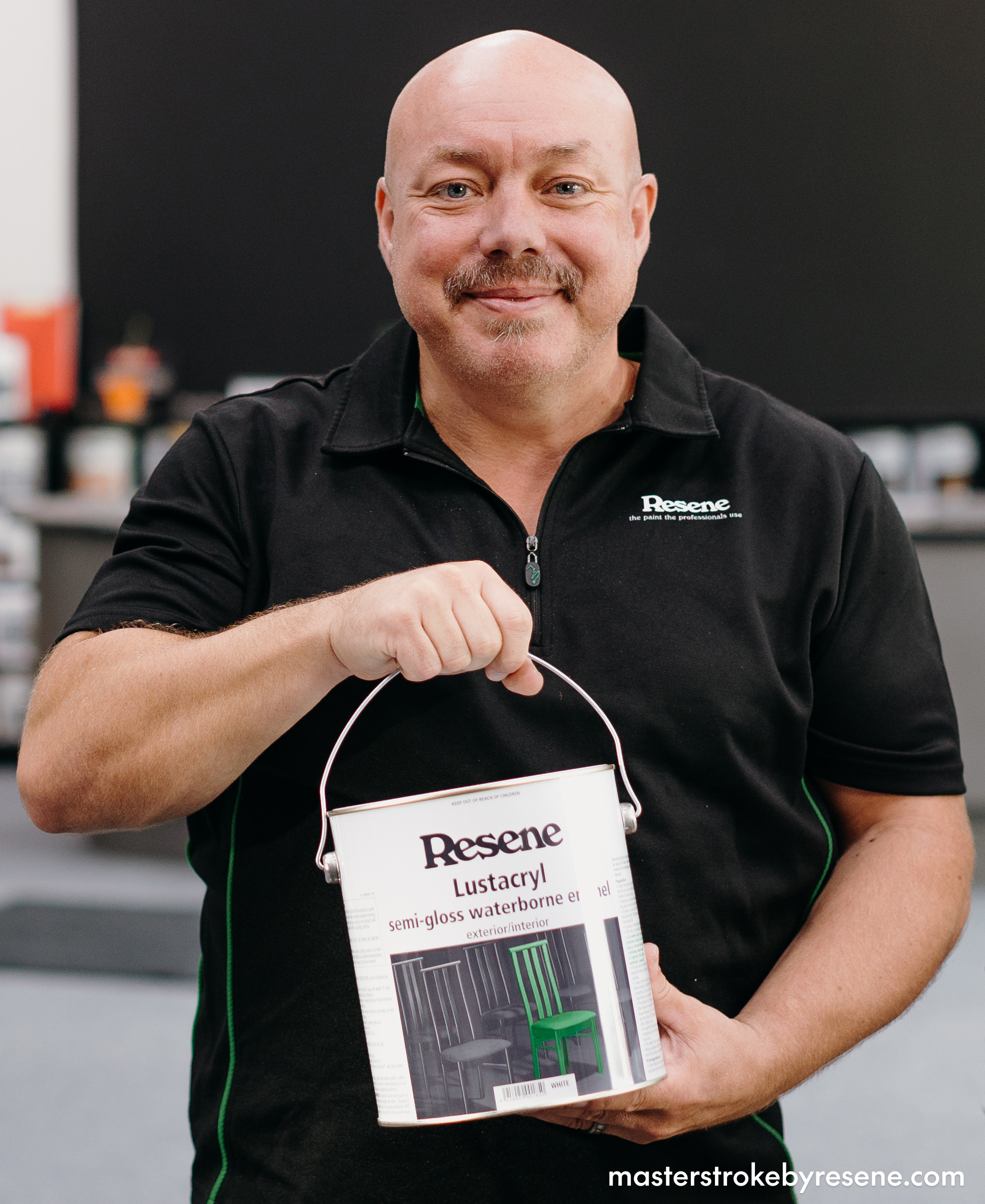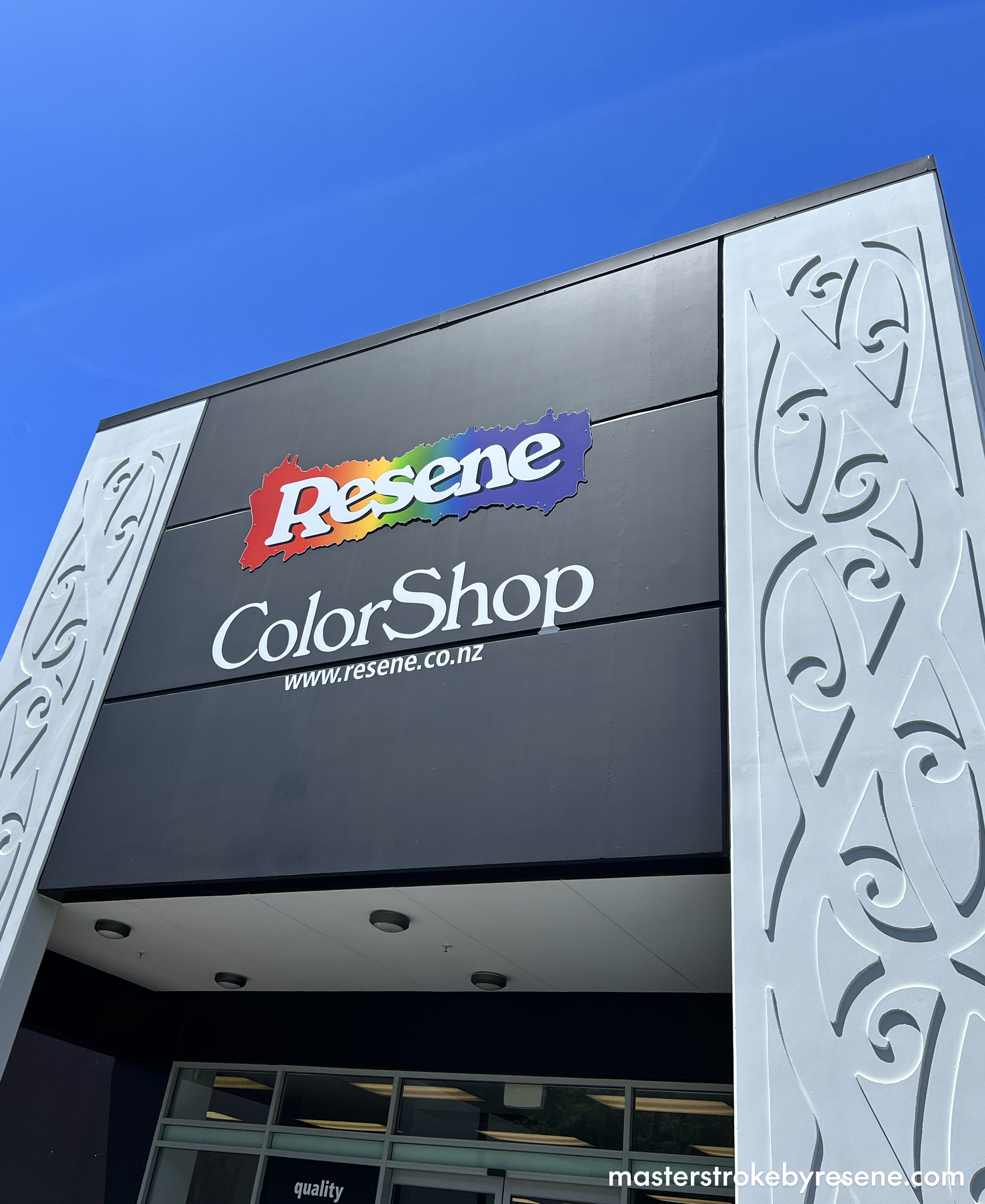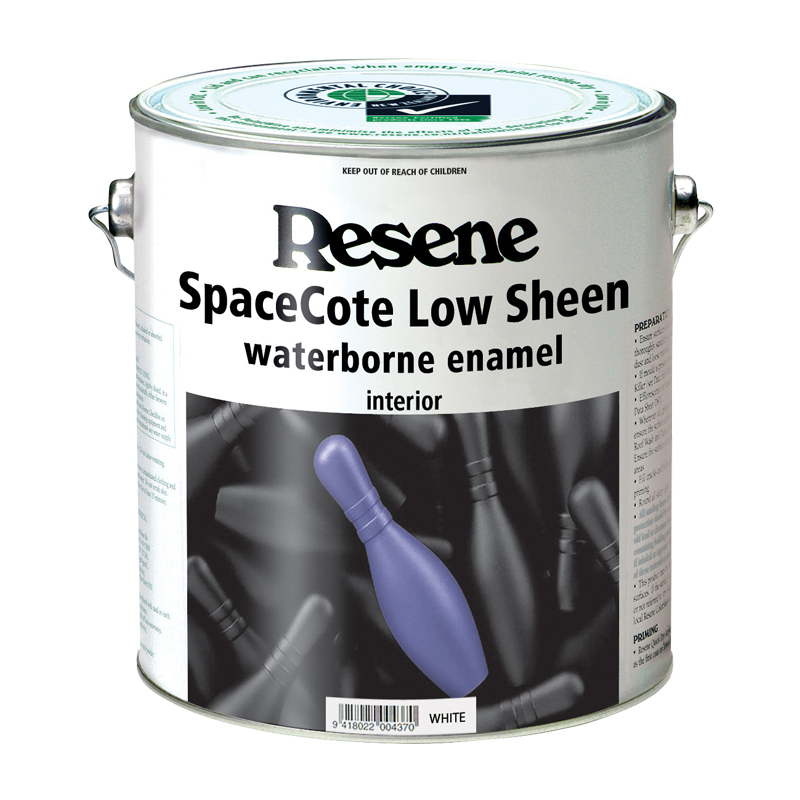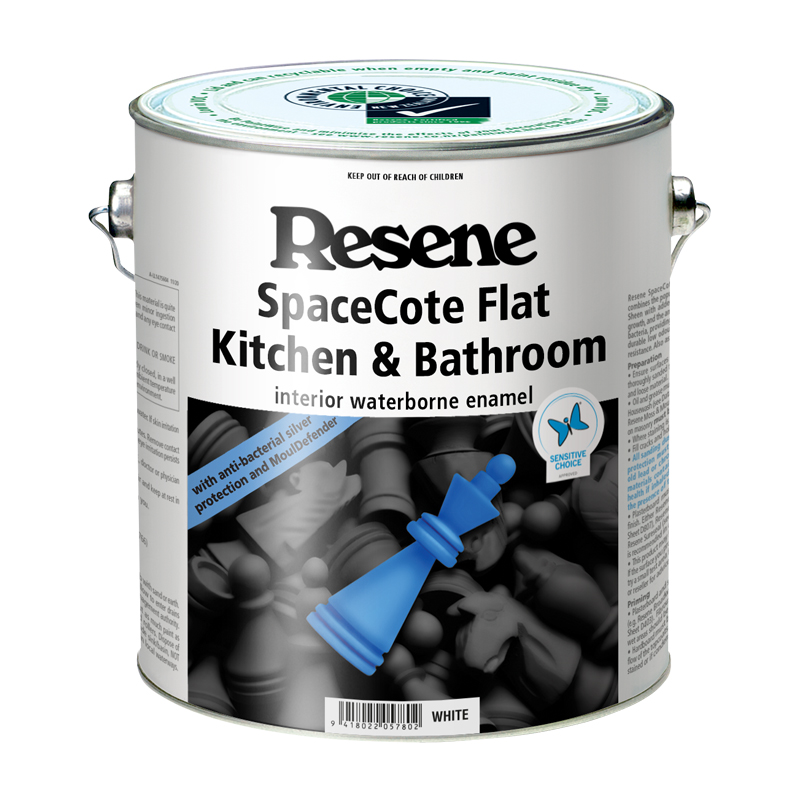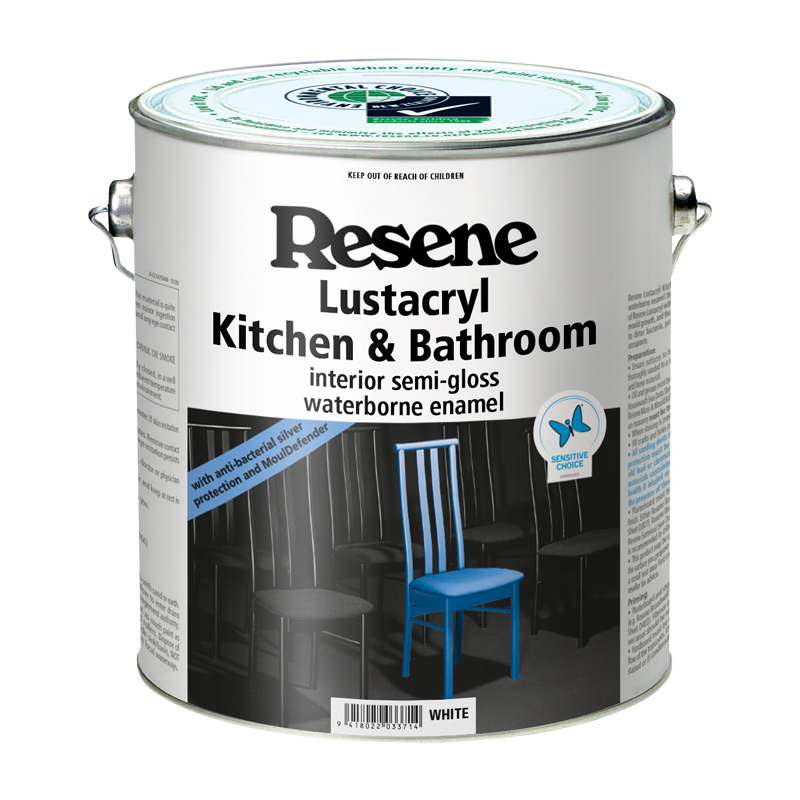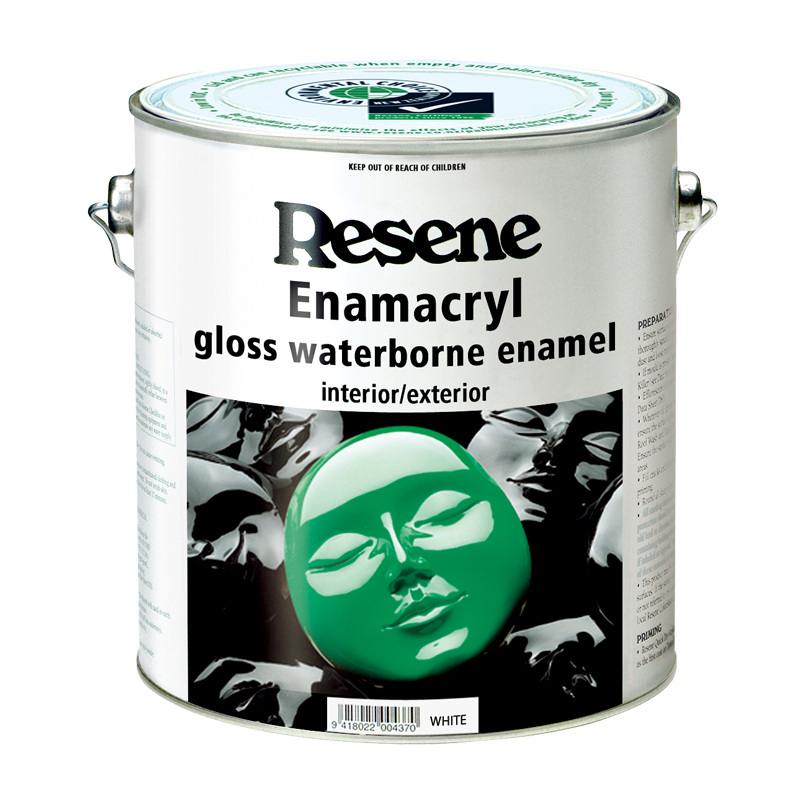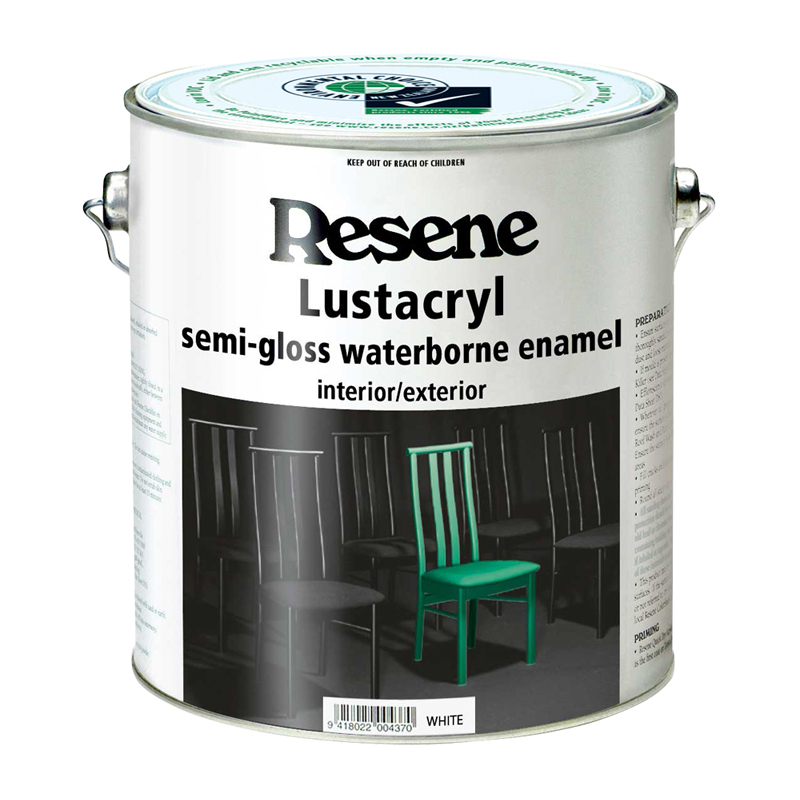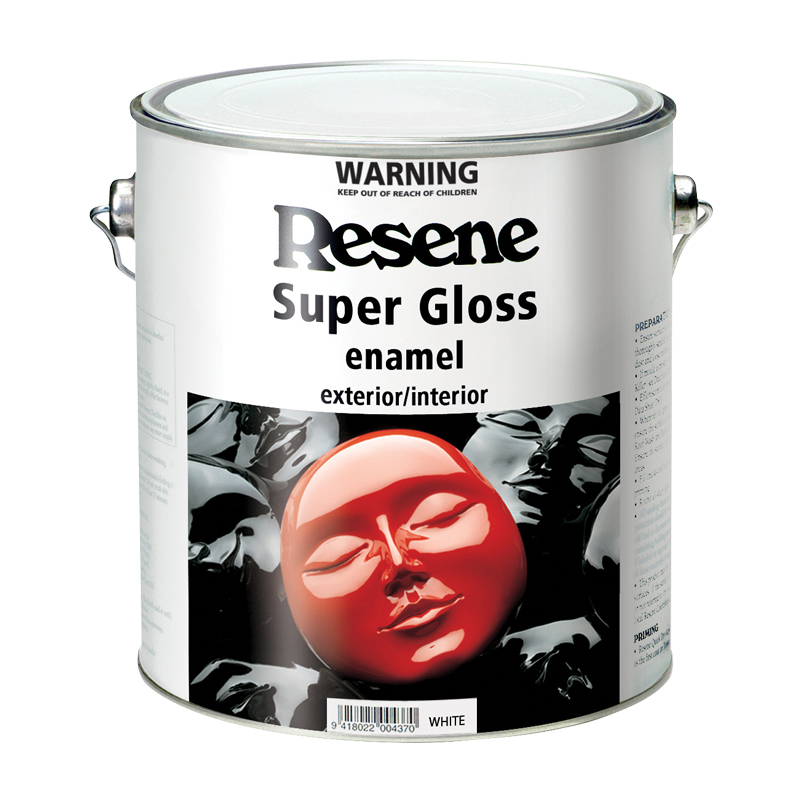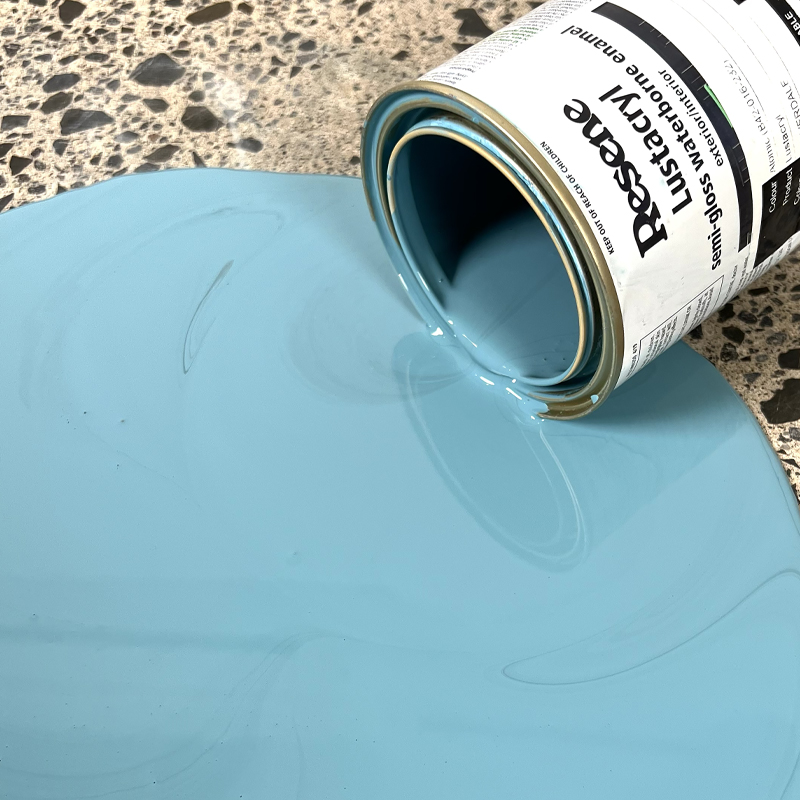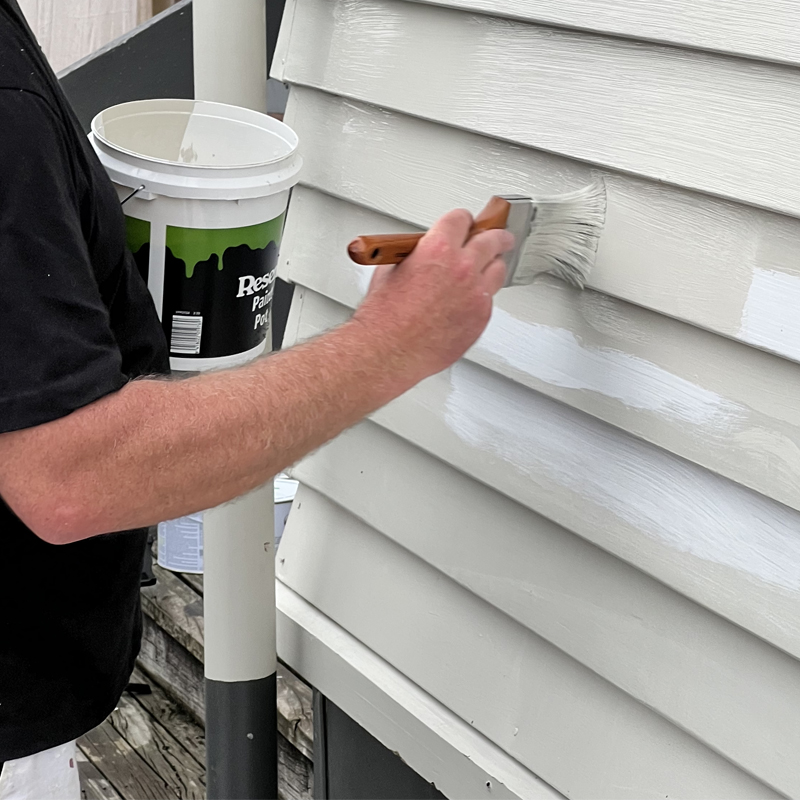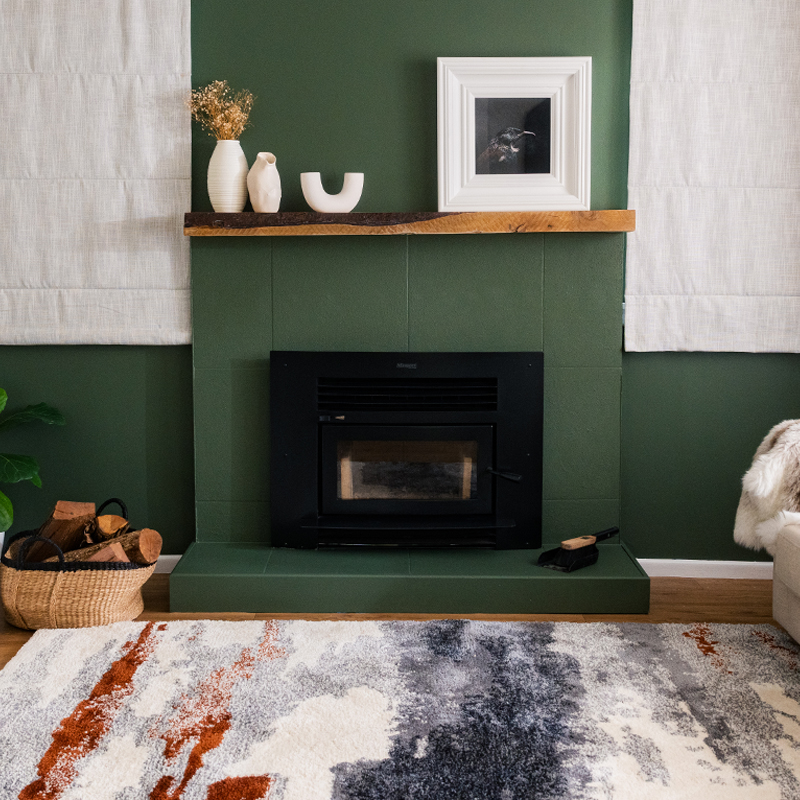Paint can transform your home inside and out, and it’s even more satisfying when you complete the work yourself. Painting your home is a task that even total DIY beginners can tackle, but before you pick up a paintbrush you might have a few questions about the types of paints and how to use them.
The answers to these frequently asked questions will get you started and will point you in the direction of other helpful MasterStroke by Resene articles. If you have further questions, don’t hesitate to ask the friendly staff in your local Resene ColorShop or Ask a Resene Paint Expert online.
Which Resene paint should I use to paint the exterior of my house, and which exterior paint is most suitable for New Zealand and Australian conditions?
Resene has a wide range of exterior paints that are especially designed for New Zealand and Australia’s harsh UV light and weather conditions. The type of Resene paint you choose depends on the materials your home is built from and the finished look you are after. Resene Lumbersider Low Sheen is Resene’s most popular exterior paint and is suitable for painting a wide range of substrates and surfaces, including wooden beams, timber weatherboards, brick and blockwork, concrete and plaster. This waterborne Eco Choice-approved product is also available in a matt finish and can be applied over new or previously painted surfaces.
Other popular exterior paints include Resene Sonyx 101, a semi-gloss paint that is especially well-suited for architecturally designed homes or heritage homes with a lot of detailing, and Resene Hi-Glo, a high gloss exterior paint with a super slick finish.
From art deco stucco to galvanised steel, there’s a Resene paint suitable for every type of home and substrate. If you have any questions unique to your home, don’t hesitate to ask the staff at your local Resene ColorShop for advice or browse these answers from our tech experts.
For more on painting exteriors, check out this article:
How to paint the exterior of your home.
Can I paint my exterior a dark colour?
Yes, for many projects you can – but it’s best to use a Resene CoolColour formula. Resene CoolColours have the same vibrancy of normal Resene paints, but contain special heat-reflective technology that keeps dark colours cooler when exposed to UV light. This protects the substrate and makes surfaces cooler to touch in summer.
Note: Dark colours contain a low LRV (light reflective value) rating and some local councils/Building Consent Authorities or substrate manufacturers might have restrictions on allowing you to paint your house very dark colours, so it pays to check in advance.
For advice on painting exteriors in hot weather, check out this article:
Painting in hot weather

